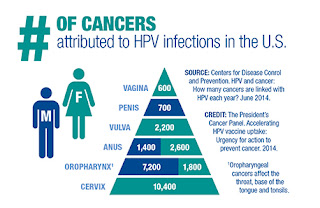PAUSE-itive Bystanders
Have you ever been concerned about or seen a situation where
you wanted to help, but didn’t know how? Here are some tips on how someone can
be a PAUSEitive bystander and help prevent an unsafe situation from happening!
PAUSE is a bystander intervention program and it stands for
Prevention Awareness Uniting Students with Empowerment!
The PAUSE program teaches students the importance of
intervening when someone might be in need of help by recognizing potentially
harmful situations. PAUSE teaches the necessary skills and knowledge to
communicate with others ways to remove a person from a dangerous situation.
So here are three steps to follow a plan of action!
1. SEE
Observing the behavior/ incident before you can help
Observing the behavior/ incident before you can help
2. THINK
Is this violence? Is it safe to do something? What technique can I use?
Is this violence? Is it safe to do something? What technique can I use?
3. ACT
Carry out an intervention technique from the 3 D’s known as: Distract, Delegate, and Direct.
Carry out an intervention technique from the 3 D’s known as: Distract, Delegate, and Direct.
When considering any of these actions, always look out for
your safety first. Make sure you are in a safe environment and that others are
able to help in the situation!
Do you know the 3 D’s?
1. Distract
Distract either of the members in the situation (perpetrator or victim)
2. Delegate
Ask for someone else to help you or support you in the intervention
3. Direct
“STEPPING IN and STOPPING the situation from escalating
1. Distract
Distract either of the members in the situation (perpetrator or victim)
2. Delegate
Ask for someone else to help you or support you in the intervention
3. Direct
“STEPPING IN and STOPPING the situation from escalating
Keep in mind that one may choose to intervene by using one
specific D as a plan of action. However, it can be a combination of all three.
It depends on the situation and what you are comfortable with.
Remember that everyone will SEE a person in need at some point and THINK something needs to
be done. Will you be the one to make a difference?
For more information about
PAUSE visit us at http://web.csulb.edu/divisions/students/atod/pause.htm
By Jazzmin Solis




Comments
Post a Comment